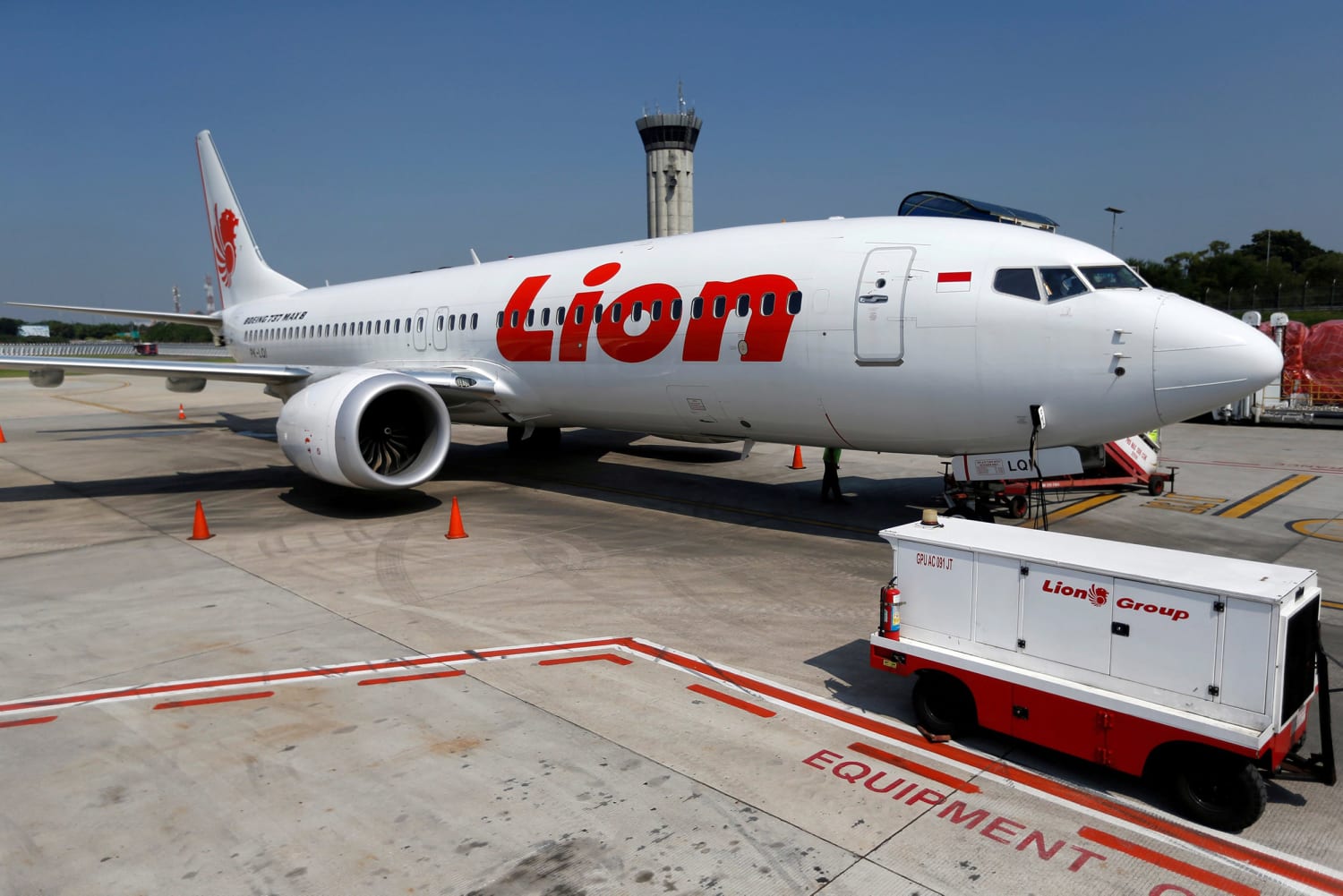
Aviation safety records often spark curiosity and concern. Is flying really safe? The answer is a resounding yes. Air travel remains one of the safest modes of transportation. Thanks to rigorous safety protocols, advanced technology, and continuous improvements, the aviation industry boasts impressive safety statistics. Over the years, the number of accidents has significantly decreased, making flying safer than ever. Pilots undergo extensive training, aircraft are meticulously maintained, and air traffic control systems are highly sophisticated. These factors contribute to the remarkable safety record of modern aviation. Let's dive into some intriguing facts that highlight just how secure air travel truly is.
Key Takeaways:
- Aviation safety has come a long way, with technological advancements and strict regulations leading to a significant decline in accident rates, making flying one of the safest modes of transportation.
- Historical milestones, such as the introduction of black boxes and the formation of ICAO, have played a crucial role in shaping aviation safety and setting global standards for the industry.
Aviation Safety Records: A Closer Look
Aviation safety has always been a topic of interest. With advancements in technology and strict regulations, flying has become one of the safest modes of transportation. Let's explore some intriguing facts about aviation safety records.
Historical Milestones in Aviation Safety
Over the years, aviation has seen significant improvements in safety measures. Here are some key milestones that have shaped the industry.
-
First Commercial Flight: The first commercial flight took place on January 1, 1914, from St. Petersburg to Tampa, Florida. This flight marked the beginning of commercial aviation, setting the stage for future safety regulations.
-
Introduction of Black Boxes: In 1958, black boxes were introduced to record flight data and cockpit conversations. These devices have been crucial in investigating accidents and improving safety protocols.
-
Formation of ICAO: The International Civil Aviation Organization (ICAO) was established in 1944 to set global aviation standards. ICAO has played a vital role in enhancing aviation safety worldwide.
Technological Advancements in Aviation Safety
Technology has revolutionized aviation safety, making air travel more secure than ever before. Here are some technological advancements that have contributed to this progress.
-
Enhanced Ground Proximity Warning System (EGPWS): Introduced in the 1990s, EGPWS alerts pilots if their aircraft is in immediate danger of flying into the ground or an obstacle. This system has significantly reduced controlled flight into terrain (CFIT) accidents.
-
Traffic Collision Avoidance System (TCAS): TCAS helps prevent mid-air collisions by alerting pilots to nearby aircraft and providing avoidance instructions. This system has been mandatory for commercial aircraft since the 1990s.
-
Fly-by-Wire Technology: Fly-by-wire systems replace traditional manual flight controls with electronic interfaces. This technology enhances aircraft stability and reduces the risk of pilot error.
Regulatory Measures and Their Impact
Regulations play a crucial role in maintaining aviation safety. Various measures have been implemented to ensure the highest safety standards are met.
-
Mandatory Safety Audits: Airlines undergo regular safety audits to ensure compliance with international standards. These audits help identify potential risks and enforce corrective actions.
-
Pilot Training and Certification: Pilots must undergo rigorous training and certification processes. Continuous training programs ensure pilots stay updated with the latest safety procedures and technologies.
-
Stringent Maintenance Protocols: Aircraft maintenance is governed by strict protocols to ensure airworthiness. Regular inspections and maintenance checks help prevent mechanical failures.
Statistical Insights on Aviation Safety
Statistics provide a clear picture of aviation safety trends. Here are some noteworthy insights.
- Decline in Accident Rates: Over the past few decades, the number of aviation accidents has significantly decreased. According to the Aviation Safety Network, the accident rate has dropped by over 80% since the 1970s.
Final Thoughts on Aviation Safety
Aviation safety has come a long way over the years. With advancements in technology, rigorous training, and strict regulations, flying is now one of the safest modes of transportation. Pilots undergo extensive training, and aircraft are equipped with state-of-the-art safety features. Airlines and regulatory bodies work tirelessly to ensure every flight meets high safety standards.
Despite occasional incidents, the overall trend shows a significant decrease in accidents. This progress is a testament to the industry's commitment to safety. Next time you board a plane, remember these facts and feel confident in the measures taken to protect you.
Flying remains a marvel of modern engineering and human ingenuity. So, sit back, relax, and enjoy your flight, knowing that aviation safety records are better than ever.
Frequently Asked Questions
Was this page helpful?
Our commitment to delivering trustworthy and engaging content is at the heart of what we do. Each fact on our site is contributed by real users like you, bringing a wealth of diverse insights and information. To ensure the highest standards of accuracy and reliability, our dedicated editors meticulously review each submission. This process guarantees that the facts we share are not only fascinating but also credible. Trust in our commitment to quality and authenticity as you explore and learn with us.


